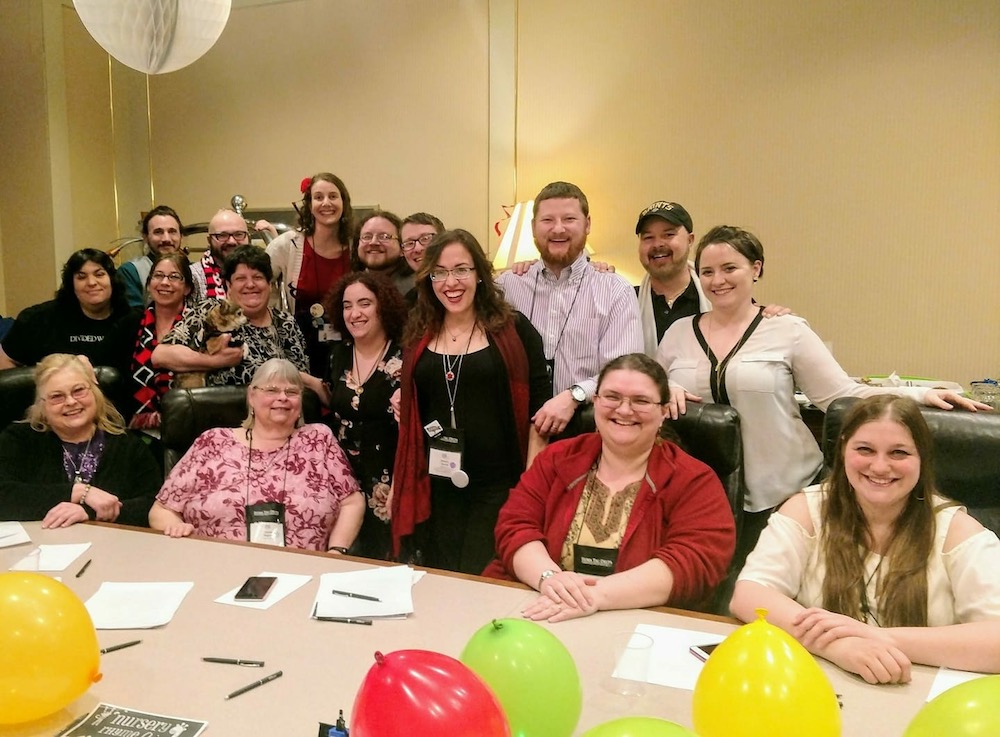 People seem to have this fear of semicolons as if they’re apparitions that only live within academic papers. They think they’re for run-on sentence aficionados. Semicolons stop people in their tracks when reading—just the author showing off. But they’re really not that scary…I promise. In fact, they’re the most underrated punctuation mark. It’s because of their underuse that people are intimidated by them.
People seem to have this fear of semicolons as if they’re apparitions that only live within academic papers. They think they’re for run-on sentence aficionados. Semicolons stop people in their tracks when reading—just the author showing off. But they’re really not that scary…I promise. In fact, they’re the most underrated punctuation mark. It’s because of their underuse that people are intimidated by them.
When I worked at the John Carroll University Writing Center, I reviewed plenty of papers that would have benefited from the occasional semicolon. I tried to break it down in a way that encouraged students not to shy away from semicolons in the future.
Here’s a quick semicolon exercise:
The way I found worked for most students was to start by asking if they had a pet. If they did, I would ask them their pet’s name. Let’s use a dog named Callie as an example.
You might write:
I have a dog. Her name is Callie.
Clearly, these two sentences are related to each other. When that happens, you can separate the sentences (also called independent clauses) with a semicolon instead of a period.
And when you use a semicolon, it looks like this:
I have a dog; her name is Callie.
But for real…it’s that easy to use semicolons?
If you really want to check to make sure you’ve used a semicolon correctly, look at the writing to the left and right of the semicolon. If each side is a complete sentence and the two sentences are related, you’re all set!
Here’s another example of semicolons in action:
 If we take this sentence and check for semicolon accuracy…
If we take this sentence and check for semicolon accuracy…
Ohio libraries are amazing; I love checking out different branches around town.
“Ohio libraries” is the subject, “are” is the verb, and “amazing” completes the thought. In the second sentence, “I” is the subject, “love” and “checking out” are verbs, “different branches” is the object, and “around town” is a prepositional phrase—something that gives us a little bit more information about the “different branches” in this sentence.
While we can leave these as two separate sentences, it helps to switch up punctuation and sentence length in your writing. Imagine reading a book with an agonizingly consistent sentence structure; you’d want to chuck the book at the wall.
This is annoying to read:
I have a New Year’s resolution. I will learn to write better. I will practice every day. I will keep a notebook by my bed. I will read a lot. I will gain inspiration from other writers.
But it’s a little less frustrating with varied punctuation:
I have a New Year’s resolution: I will learn to write better. I will practice every day…and keep a notebook by my bed. I will read a lot; and I will gain inspiration from other writers.
If you’re feeling gutsy, here’s one more hot semicolon tip:
You use semicolons in lists that includes “and” within the items or a comma within one or more of the items within your list.
Without semicolons, this list doesn’t firmly separate each of the entities:
I went to pick up my parents, who just arrived in town, my brother and his girlfriend, and a few of my friends.
With semicolons, you’d be able to differentiate between each of the items within the list:
I went into town to pick up my parents, who just arrived in town; my brother and his girlfriend; and a few of my friends.
Sprinkle your work with semicolons.
 I met Mary Norris (author of Between You & Me: Confessions of a Comma Queen) at a Sigma Tau Delta conference many years ago. As she spoke, people shared quotes and commentary on the convention platform such as, “I wish someone loved me as much as Mary Norris loves cows.”
I met Mary Norris (author of Between You & Me: Confessions of a Comma Queen) at a Sigma Tau Delta conference many years ago. As she spoke, people shared quotes and commentary on the convention platform such as, “I wish someone loved me as much as Mary Norris loves cows.”
Mary signed my new copy of her book. And then I received a copy of the same book a couple months later from my mentor. The two books have been on my bookshelf as twins for four years.
When I read the whole book recently, the “comma shaker” stood out to me. And while it was a colleague of Mary’s commentary on the overuse of certain punctuation marks, I think a semicolon shaker might be helpful for all of us.
Although there will always be semicolon haters, it’s worth giving this often-overlooked punctuation mark a shot—and a sprinkle goes a long way.
